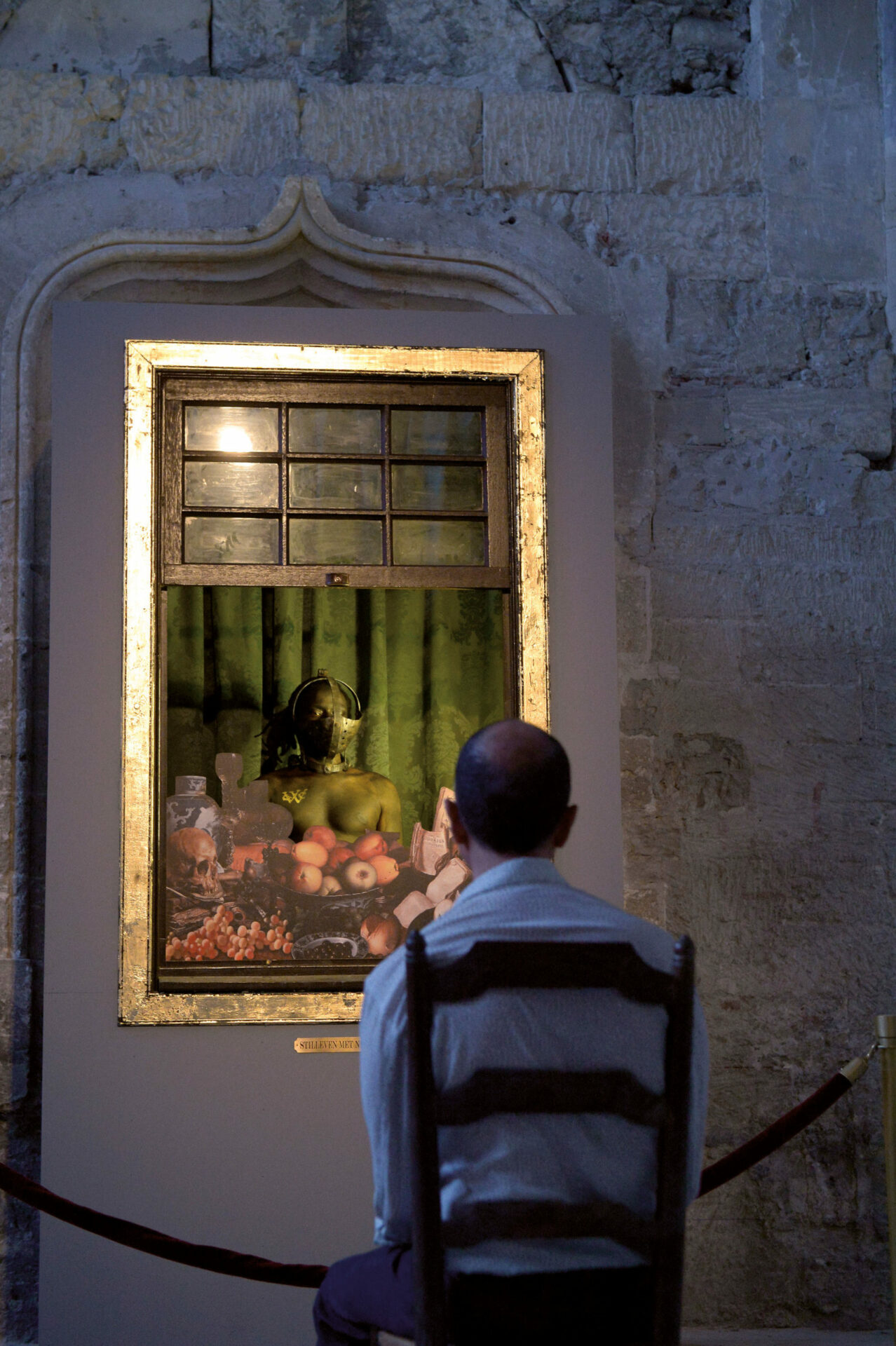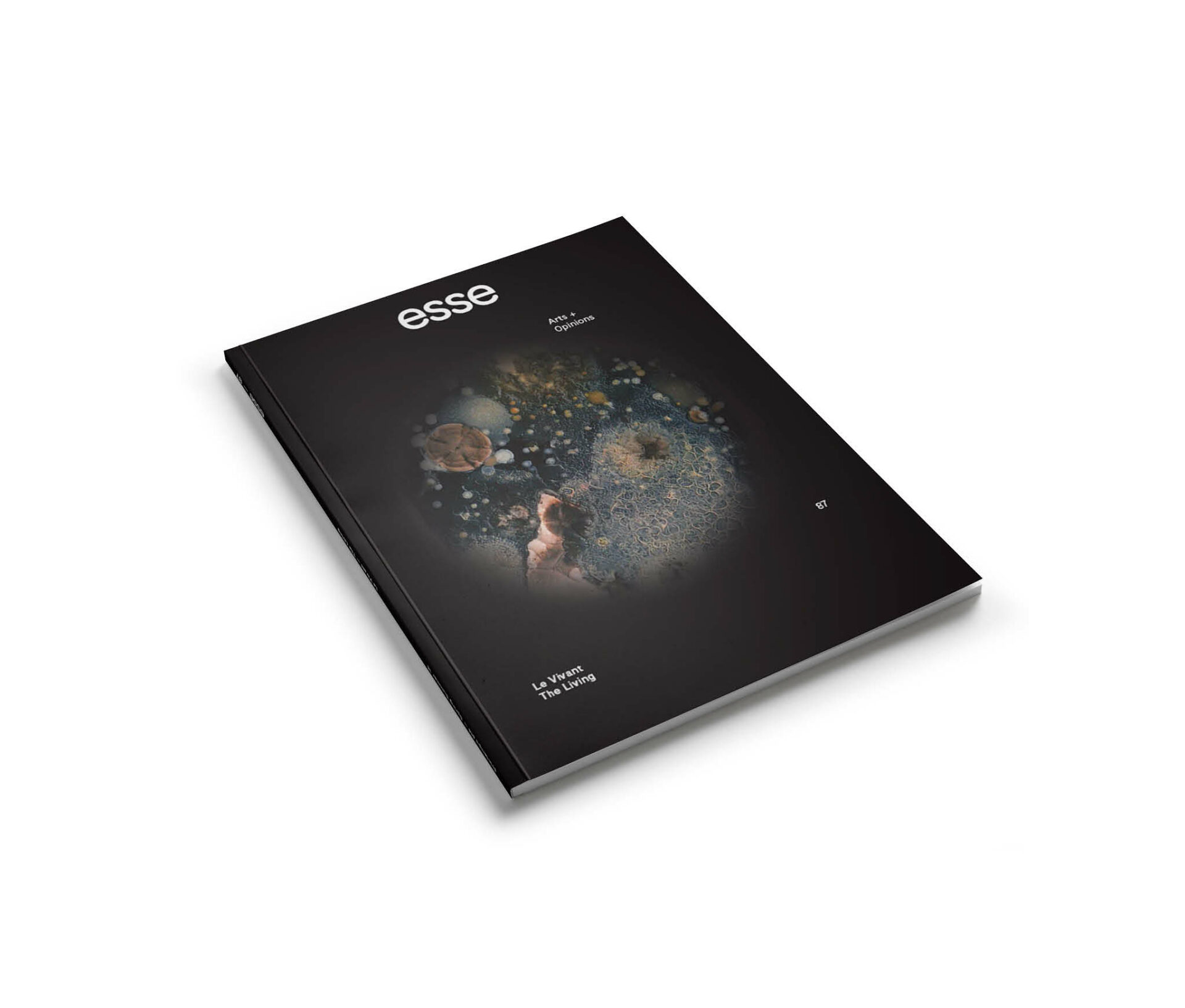
Photo : courtesy of the artist
Humans on Display: A Subject Almost Like the Others
In modern times, art seems to have carved out an autonomous space in which impunity 1 1 - See Jacques Soulillou, L’impunité de l’art (Paris: Seuil, 1995). from the common law is the rule — implying both a form of non-accountability and a permanent transgression 2 2 - See Nathalie Heinich, Le triple jeu de l’art contemporain. Sociologie des arts plastiques (Paris: Éditions de Minuit, 1998). of the law. Such an exemption for the aesthetic field would render null and void the question of accountability in art, but can an artist’s lack of accountability extend to the live exhibition? This question is broached in interesting ways by contemporary artists who have chosen to exhibit other human beings.
